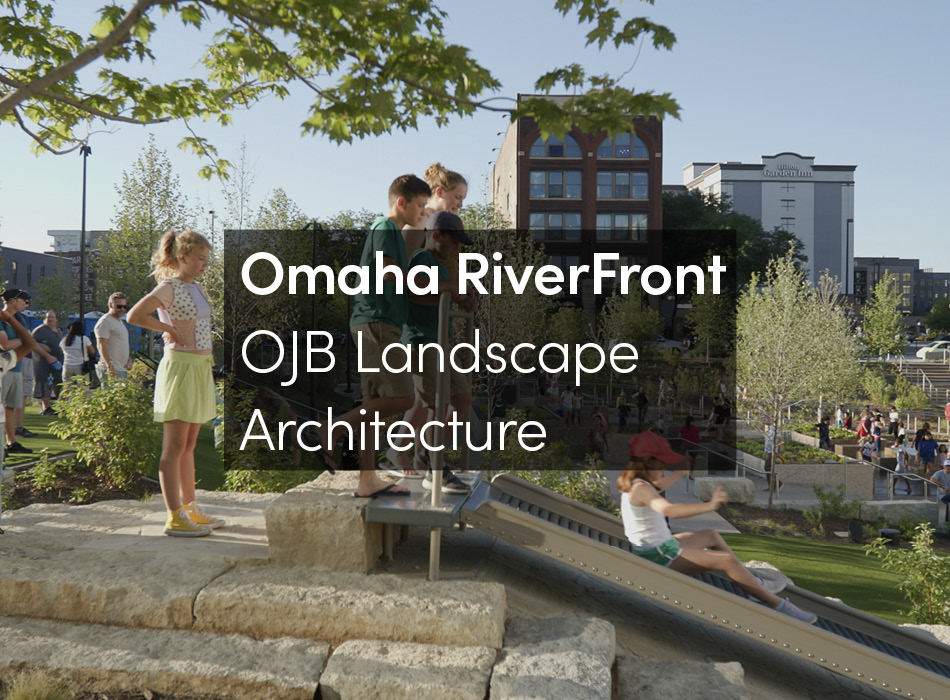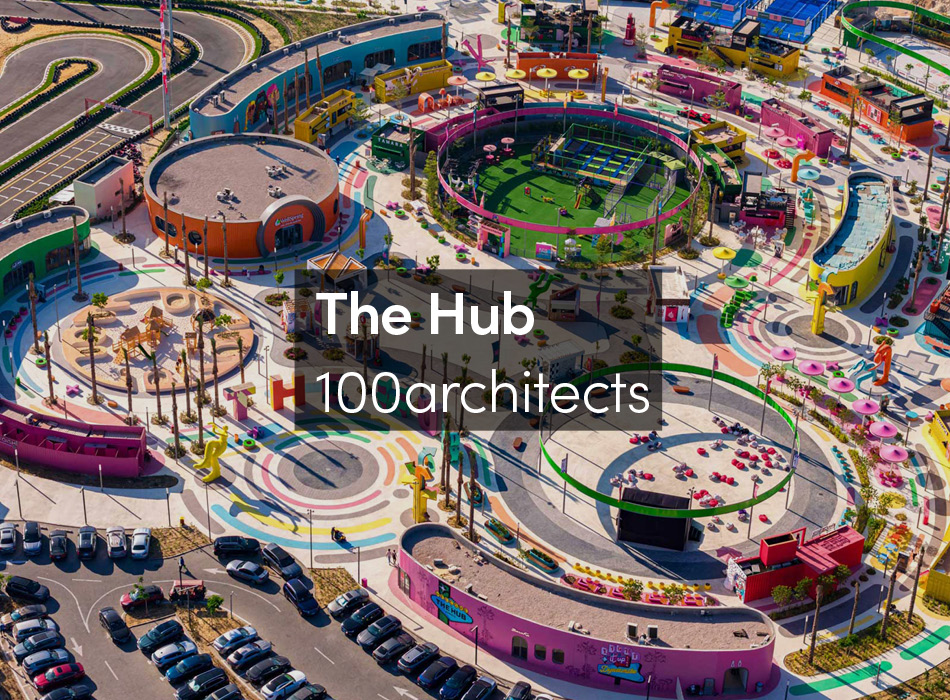The Logroño Intermodal Station project is the result of an international competition. The AS+ proposal sought to take advantage of the burying of the train as it passed through the city to sew a spatially segregated urban fabric, proposing a positive reading of the city and its natural support, beyond the program of a train and bus station.
This urban project is an example of sustainable urbanism and circularity. The first requirement for our proposal was to use this urban operation to generate a large public space that would balance out the historical centrality as much as possible, generating a new pole of attraction to the south of the city. The idea was that, instead of just building an architectural object that would respond to an infrastructural need, efforts would be put toward removing barriers and generating a natural public space that would generate urban centrality. Replacing a physical, and therefore social, barrier with a park that connects two previously isolated areas has formed a pole of attraction and novelty that has drawn people to live in the area. It has recalibrated the social balance between north and south as well as sparking significant real estate development around it.
The project began with the knowledge that Logroño has a large underground irrigation system fed by the Ebro River, a condition that made it possible to create of a large green space for citizens. The green roof over the infrastructure serves as thermal insulation for the stations, which not only saves on maintenance costs for these spaces but also offers a hygrothermal balance to offset climate change. The park, for its part, integrates drainage systems that collect rainwater and excess irrigation for 100% reuse. This fact, together with irrigation sourced from the different underground channels in the city, translates into a large surface area for air purification and a great increase in biodiversity, which brings more nature into the urban environment.
While the design of the train station focuses on the transition from the entrance to the platforms, the bus station, with its typical horseshoe shape, emphasizes contact between the waiting area and the park on its roof through a staircase that brings in daylight. The train and bus stations are connected under the large urban dome, which has a span of 60 meters. The dome arose as a solution to ensure continuity for the park without interrupting the road that connects the stations with the center of Logroño and the peripheral highways. The result is a monumental-scale public space that celebrates urban and territorial connectivity and gives identity to a new area of urban growth.
The complex was certified in 2022 with the international sustainability standard BREEAM Spain – Urbanism, making it the second project in Spain to receive recognition with this environmental quality seal. The park has also been used on a regular basis by different international artists for art installations.


























